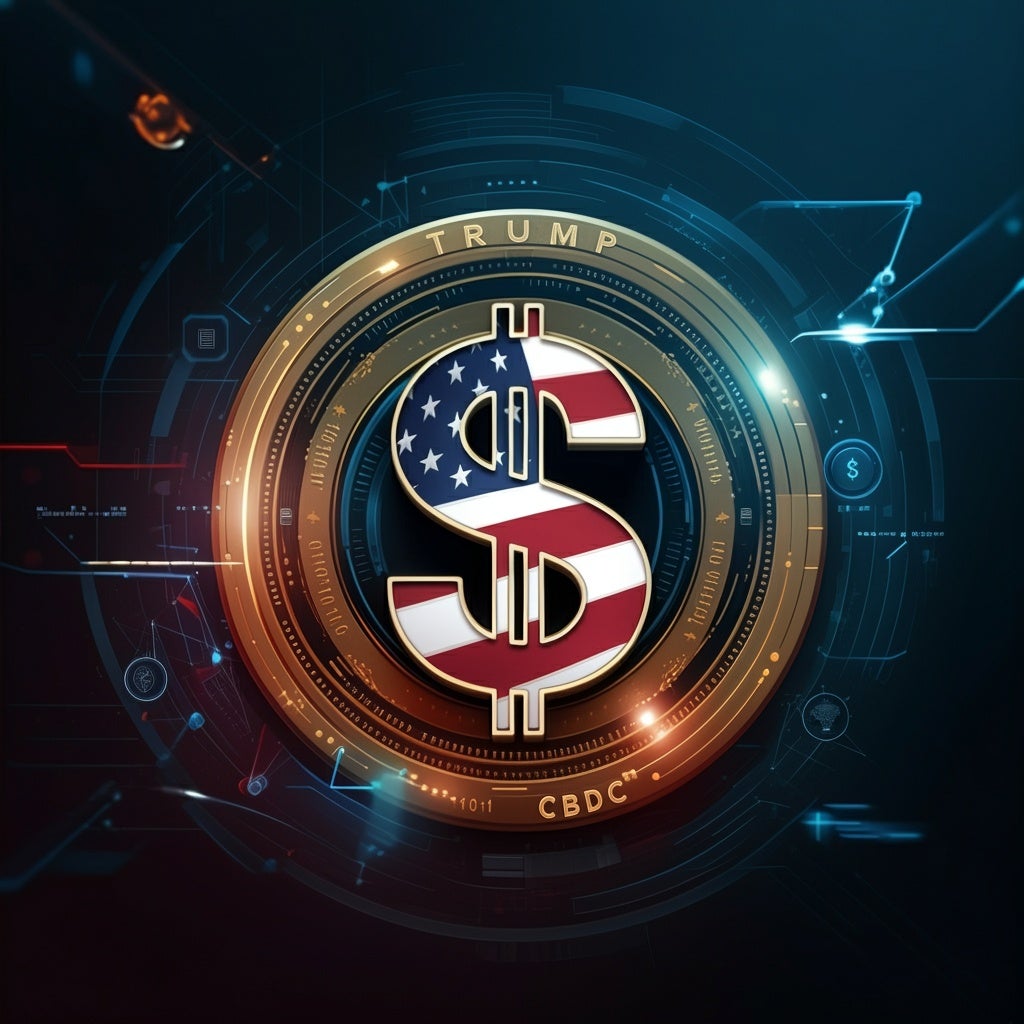In the US, during the Biden administration, it was clear that the design, issuance and implementation of a central bank digital currency (CBDC) was part of the usual bipartisan struggle—together with abortion, immigration, and alike. Therefore, President Trump’s Executive Order “Strengthening American Leadership in Digital Financial Technology”, signed on January 23, 2025, was somewhat expected.
Also, its contents concurred with what the Republican party heralded for several years now: supporting the growth and use of new technologies (e.g., blockchain, stablecoins, crypto, AI) while explicitly ordering the termination and banning of any plan or initiative related to CBDCs within the jurisdiction of the US.
The Executive Order justifies its direction regarding CBDC on the threats to the stability of the financial system, individual privacy, and the sovereignty of the US. Although the concerns are valid and recurrent in many jurisdictions, the Executive Order discards any discussion and further research and, under section 5, prohibits CBDCs.
A topic that is usually studied, evaluated and decided by the central banks’ technocracy, sometimes with the concurrency of the legislative power, has been decided from a political standpoint without the necessary process. As the technical study, evaluation and decision process is absent, the next President of the United States could issue a contradicting Executive Order. By then, if stablecoins have successfully spearheaded the use of the new form of a digital dollar, a CBDC would be futile—or not?
This could be a significant blow to the development of CBDCs around the world. However, it has been relatively straightforward for several years now that a US CBDC would not happen. As aforementioned, the CBDC debate in the US turned to a bipartisan struggle with little substance—except for a few serious technical efforts, such as Project Hamilton, led by MIT and the Federal Reserve Bank of Boston.
The US Executive Order joins Canada’s decision to shelve retail CBDC projects for now. In Canada’s case, it was a technical decision, supported by several studies that suggested other alternatives could be better. In contrast, efforts are being made in other G7 countries, such as euro-zone countries and the UK. This does not mean there will be a digital euro and a digital pound soon, but that serious technical work is behind the examination, design and potential implementation of CBDCs—as is the case in China and Brazil, too.
Furthermore, it is uncertain whether the digital pound and the digital euro will be blessed by the corresponding legislative powers—if required. All in all, the convenience of CBDCs is a jurisdictional-dependent matter that requires serious technical examination. Central banks should carefully consider whether or not CBDCs contribute to their objectives (e.g., financial inclusion, monetary sovereignty, payment system redundancy) and, therefore, it is expected that the result of such consideration will vary enormously across jurisdictions.
Trump’s Executive Order shows that the US government champions dollar-backed stablecoins to support and promote the sovereignty of the US dollar. Interestingly, the Executive Order promotes the development and growth of dollar-backed stablecoins worldwide—not just within US territories. Today, the most liquid and sizable stablecoins are those that are pegged to the US dollar, such as USDT and USDC, which together contribute to around 43.2% of all stablecoin capitalisation.
It is likely that supporting dollar-backed stablecoins will help the dominance of the US dollar worldwide without the costs and challenges of a dollar CBDC, also thwarting recent efforts to reduce the use of the dollar as the global unit of account, medium of exchange and reserve of value. Additionally, supporting dollar-backed stablecoins will create demand for dollar deposits and dollar-denominated assets, including US Treasury bills, notes and bonds.
Furthermore, by also emphasising the importance of innovation, regulatory clarity, and the protection of individual freedoms, the Executive Order bolsters US leadership in the stablecoin and related industries (eg. blockchain and cryptocurrencies).
The decision to support stablecoins has a triple effect. Firstly, it fosters the development and issuance of stablecoins in the US, with evident direct benefits in terms of dominance of the US dollar, taxation and job creation. Secondly, it preserves the demand for US issued sovereign securities—which eases the pressures to roll-over the US debt and keeps the US securities market in good shape. And thirdly, it bolsters US leadership and innovation edge in the digital financial ecosystem.
Therefore, the Executive Order “Strengthening American Leadership in Digital Financial Technology” is a calculated bet on how the US will preserve the dominance of the dollar while commanding the US private sector to spearhead this task and to lead a new era for the US financial industry. Republicans view a new form of digital money issued by the Federal Reserve as threatening to liberty, privacy, and financial stability—whether this is true or not—and as Republicans support (and are supported by) the US tech, AI and crypto industry, the government is eager to make a stand for stablecoins, blockchain, AI, and crypto as the means to make the US dollar great again.








